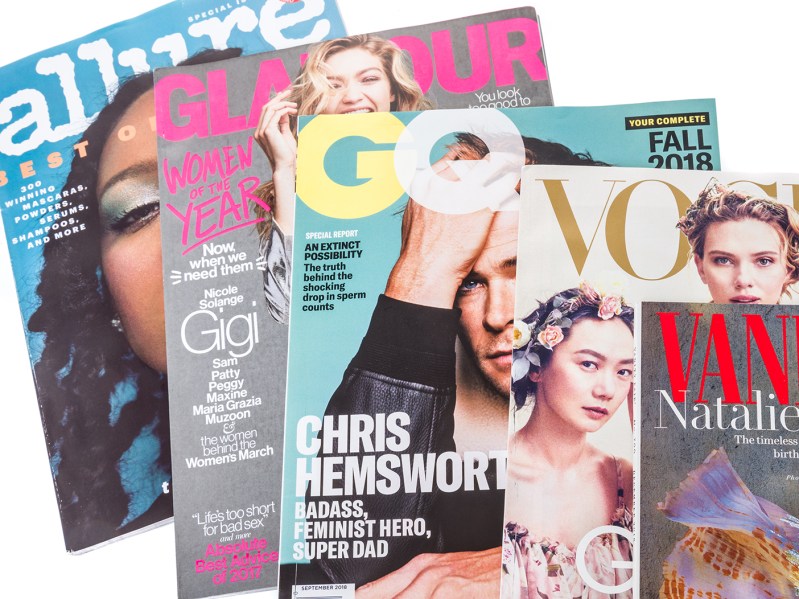When Linda Wells started Allure magazine in 1991, she set out to forge a different style and identity for the women’s beauty magazine. Her idea was radical for the time—she would focus on women as they are, not as they “should” be. Today, we talk a lot about the unrealistic so-called “ideals” that fashion and beauty magazines promote and the negative consequences they have on girls and young women, but when Wells started her magazine, it was hardly a thought. This week, that trailblazing magazine announced it was ending its print version after 31 years.
Videos by Suggest
The Honesty Of Beauty
For me, there is actually a personal connection here. It may be hard to believe that a 17-year-old boy could be affected by the editor of a beauty magazine, but I was. When I was a junior in high school, Linda Wells spoke at an assembly at my school. As I fidgeted and twitched in my chair, mentally groaning at having to sit through a speech I thought would be totally boring, something important got through to me. Almost three decades later, I still think about it—in fact, it came up earlier this week at a meeting. Wells talked about presenting women with an honesty that she felt didn’t exist with the other large beauty magazines.
RELATED: Valerie Bertinelli’s Refreshing Take On Body Image Is A Lesson I Needed To Hear Right Now
I can’t quote directly all these years later, but at the heart of what she wanted to do with Allure included not airbrushing the photos and speaking with honesty about women in all ways. Airbrushing was the analog version of Photoshop used back in the day—the technique of smoothing out wrinkles or “fixing” less-flattering curves on cover models at the time. Wells didn’t like it, as it wasn’t truthful. So Allure became the only major magazine not to do it. It may sound ridiculous given that it’s not like Cindy Crawford or Kathy Ireland needed a lot of help looking beautiful, yet even supermodels were “corrected” on the covers of other magazines until Allure.
It Went Beyond The Cover, Too
Linda Wells brought that honesty to every page of Allure. The magazine tackled all sorts of issues women faced with boldness and truth. Wells’ legacy continued even after she left the publication in 2015 to focus on other things. Earlier this year, African-American writer and activist Michaela Angela Davis co-edited what is called the magazine’s Melanin Edit, which Conde Nast describes as “an initiative that will explore every facet of a melanin-rich life—from the most innovative treatments to the social and emotional realities—all while spreading Black Pride”
Of the project, Allure’s first Black editor-in-chief Jessica Cruel told Davis in a conversation: “Well, how can we open this up to other people? How can we make South Asian women feel seen? How can we make Latina women, LGBTQ, and Indigenous people feel seen?” Clearly, it’s been a trailblazing magazine right to the end of its print run. While fans can rest easy knowing Allure will forge ahead online, it is bittersweet to note that yet another iconic print magazine will be gone from the shelves.
